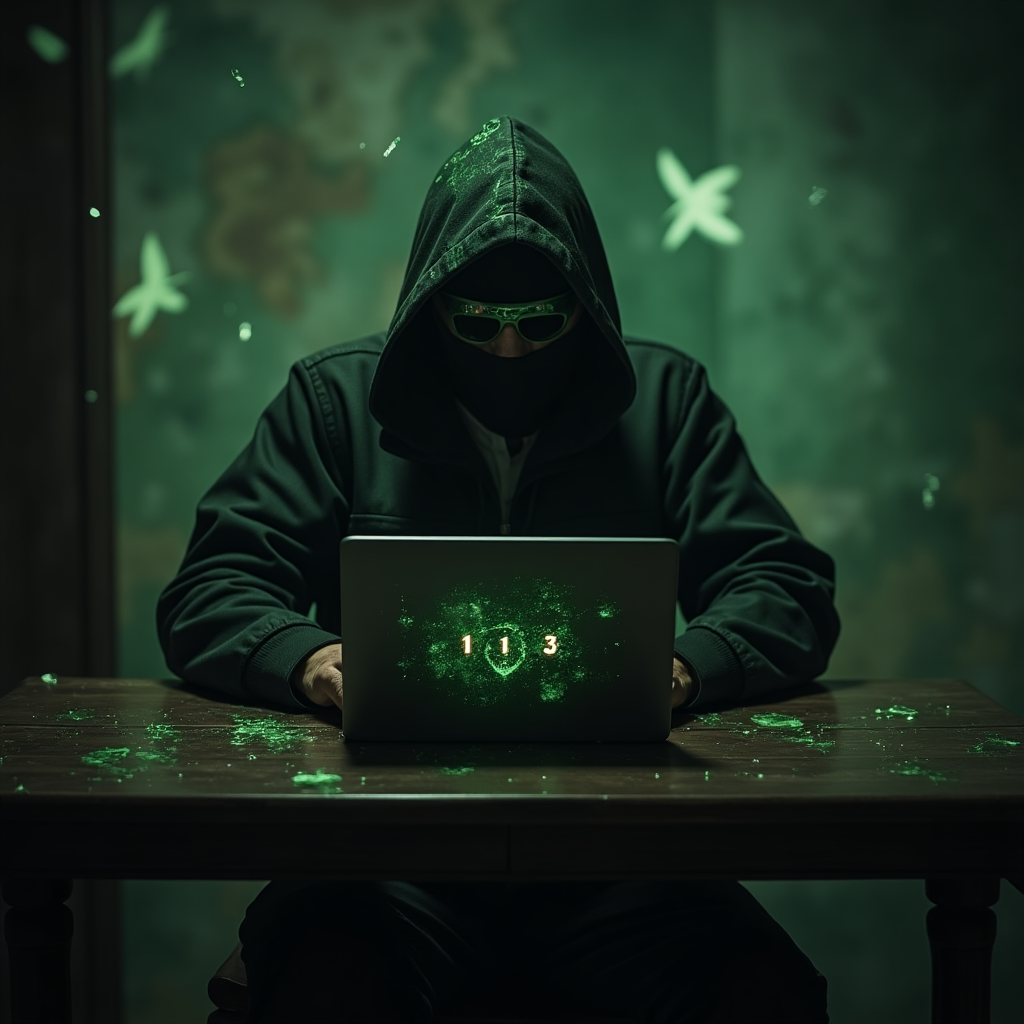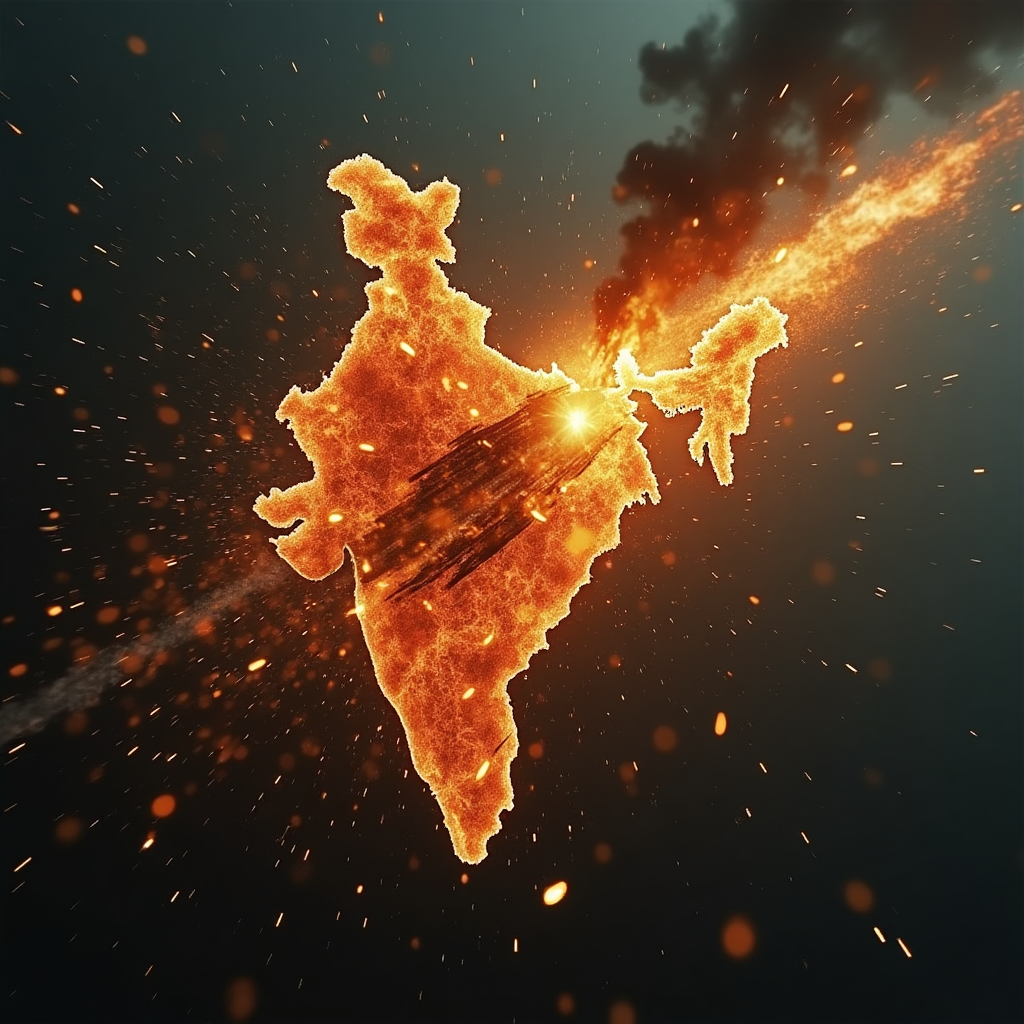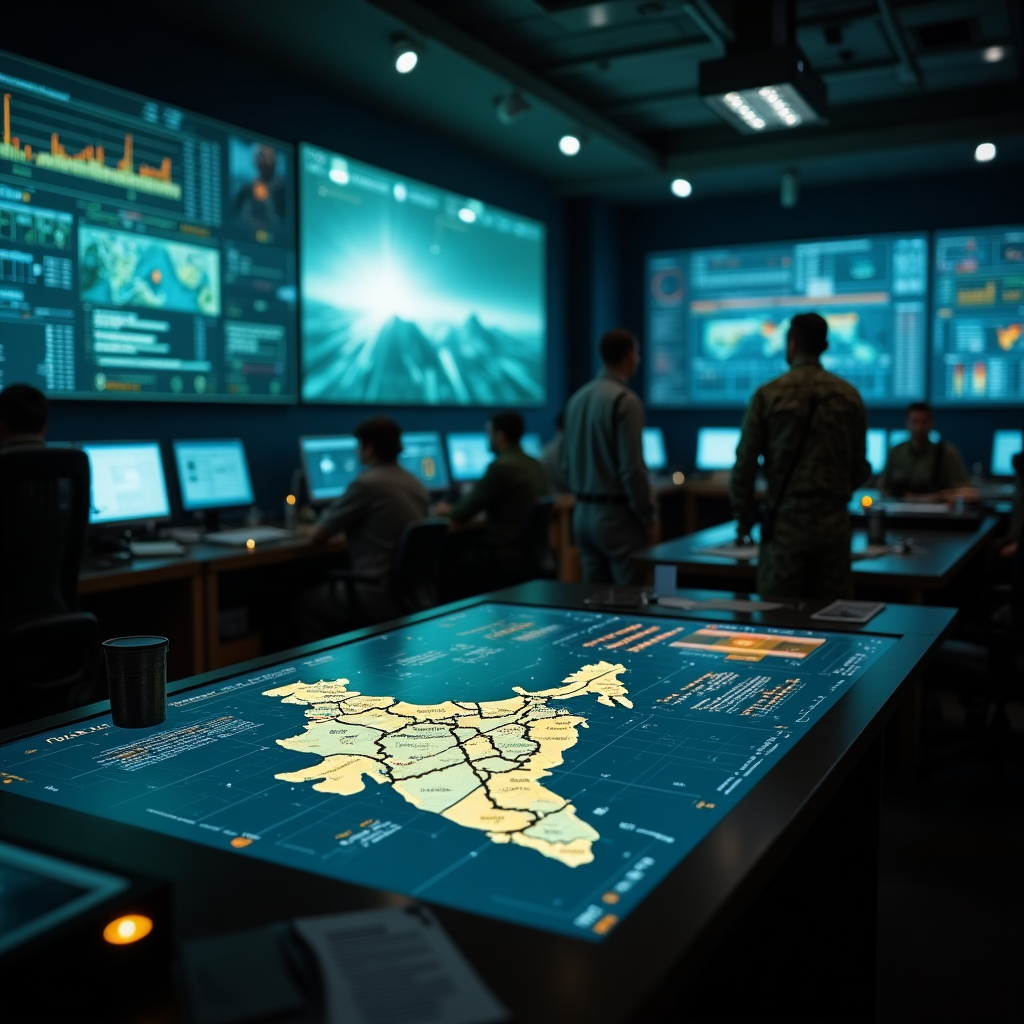
Emergence of Cyber Warfare Pakistan’s Cyber Offensive
In the wake of the Pahalgam attack, several hacker groups allegedly grounded in Pakistan initiated a series of cyberattacks targeting Indian structure. Notable among these were groups similar as Pakistan Cyber Force , platoon Insane PK , IOK Hacker , and National Cyber Crew . These realities reportedly concentrated on dismembering India’s defense systems, public services, and private sector operations.
India’s Cyber Countermeasures
In response, Indian cyber units ,including the Indian Cyber Force boosted their conditioning . Reports suggest that Indian hackers targeted Pakistani institutions including fiscal realities and e3ducational establishments, aiming to prize sensitive data and disrupt operations.

crucial Targets and Impact
- Defense and Military structure

Indian defense websites and databases, similar as those of the Military Engineering Services (MES) and the Manohar Parrikar Institute for Defense Studies and Analyses (MP- IDSA), were reportedly traduced, compromising sensitive information. Again, Indian cyber units claimed to have penetrated data from Pakistani defense- related associations.
- Public Services and structure

Cyberattacks extended to public services, with over 2,500 surveillance cameras across India reportedly addressed, dismembering security operations. also, the Maharashtra State Electricity Transmission Company Limited endured significant outages due to cyber intrusions.
- Financial and Educational Institutions
Indian cyber units allegedly targeted Pakistani fiscal institutions, including Habib Bank Limited, rooting hand records and internal documents. Educational institutions like the University of Baluchistan and Islamia University of Bahawalpur were also compromised, leading to the leakage of pupil data.

- Governmental Responses and International Mediation
India enforced strict cybersecurity protocols, conducting checkups and enhancing firewalls across critical sectors. Politic conduct included suspending the Indus Waters Treaty and repealing visas for Pakistani citizens.
Pakistan’s National Cyber Emergency Response Team (NCERT) issued advisories pressing the increased trouble of cyberattacks targeting government and critical structure sectors, prompting institutions to bolster their cybersecurity measures.
The United States played a vital part in interceding between the two nations, leading to a ceasefire agreement blazoned on May 10, 2025. This intervention helped lessen the situation, although sporadic cyber conditioning continued.
The cyber conflict between India and Pakistan in 2025 underscores the evolving nature of ultramodern warfare, where cyber capabilities play a pivotal part alongside traditional military strength. This battle has urged both nations to reassess their cybersecurity fabrics and invest in further robust digital defense mechanisms.
The 2025 cyber conflict between India and Pakistan serves as a stark memorial of the vulnerabilities essential in our decreasingly digital world. As nations continue to develop and integrate advanced technologies, the significance of cybersecurity cannot be exaggerated. This occasion highlights the need for transnational cooperation, strict cybersecurity measures, and visionary tactfulness to help similar conflicts in the future.
References:
1.” X accounts of Economic Affairs Ministry and KPT addressed” – The Express Tribune
2.” Pakistan issues cyberattack premonitory amid rising indigenous pressures” – The Express Tribune
3.” Pakistan vows retribution after Indian strike over sightseer deaths” – Reuters
4.” Cybersecurity alert issued amid rising geopolitical pressures” – The Express Tribune
5.” How India and Pakistan pulled back from the point with US- brokered ceasefire” – Reuters
6.” Modi says Pakistan wo not get water from Indian- controlled gutters” – Reuters
7.” Indian Cyber Force” – Wikipedia
8.” 2025 India – Pakistan extremity” – Wikipedia
\
Note The information presented in this composition is grounded on available reports and sources as of May 2025. Given the sensitive nature of cyber warfare and ongoing examinations, some details may evolve over time.
eirkrqrmqkpvspfsokoifizkdphqqv
uegwfgdfitwkqwesfzgljsujqgzkew